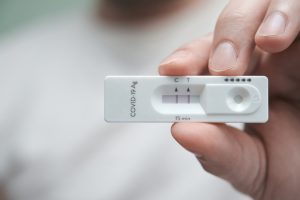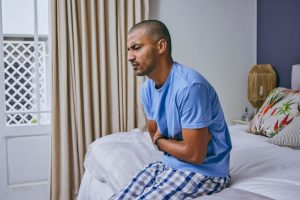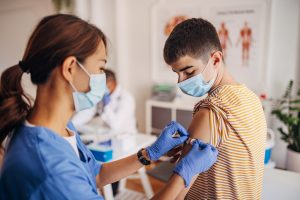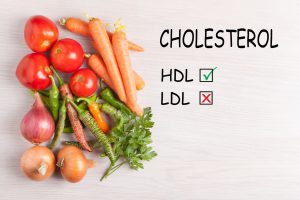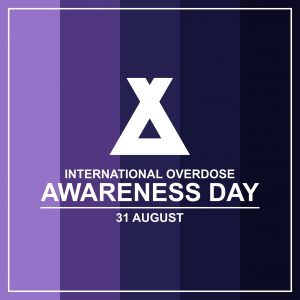 The annual International Overdose Awareness Day campaign began in 2001. In the years since then, government and non-governmental agencies worldwide have worked to raise awareness about drug overdoses and the issues surrounding them.
The annual International Overdose Awareness Day campaign began in 2001. In the years since then, government and non-governmental agencies worldwide have worked to raise awareness about drug overdoses and the issues surrounding them.
According to the United Nations Office on Drugs and Crime, over half a million people died from drug overdoses internationally in 2019. The Centers for Disease Control and Prevention’s National Center for Health Statistics also reported that over 100,000 people in the United States alone died due to drug overdoses in 2021. This is an increase of more than 8,000 deaths since 2020.
Many of these deaths may be fueled by factors such as economic uncertainty, increased rates of anxiety and depression, and insufficient mental health resources. Additionally, synthetic opioids such as fentanyl have become more available since the COVID-19 pandemic as access to other drugs such as heroin has decreased.
People who regularly use drugs have also become more likely to do so alone since the beginning of the pandemic. This greatly increases the risk of overdose, as there’s no one present to call 911 or administer life-saving treatments such as naloxone in the event of an emergency.
You don’t have to face addiction or mental health issues alone. If you’ve developed a substance abuse problem, Flushing Hospital’s Division of Addiction Services provides a safe space for drug withdrawal and offers access to psychiatric assistance, substance abuse counseling, and care from our medical team. Our Reflections treatment program also offers helpful holistic techniques for curbing addictive behaviors.
To learn more about our addiction services, call Flushing Hospital Medical Center at (718) 670-5693 or (718) 670-5540. For more information about the Reflections program, call (718) 670-5078.
All content of this newsletter is intended for general information purposes only and is not intended or implied to be a substitute for professional medical advice, diagnosis or treatment. Please consult a medical professional before adopting any of the suggestions on this page. You must never disregard professional medical advice or delay seeking medical treatment based upon any content of this newsletter. PROMPTLY CONSULT YOUR PHYSICIAN OR CALL 911 IF YOU BELIEVE YOU HAVE A MEDICAL EMERGENCY.






